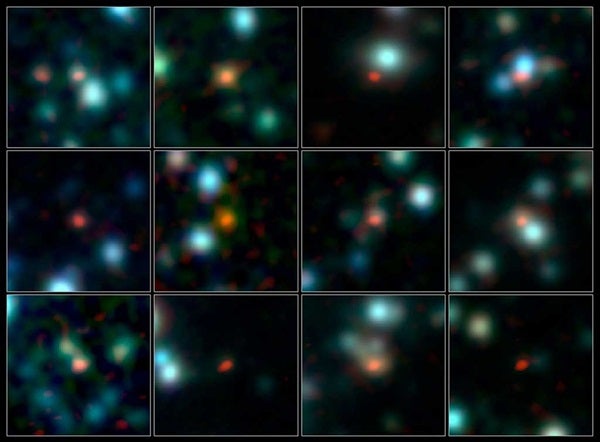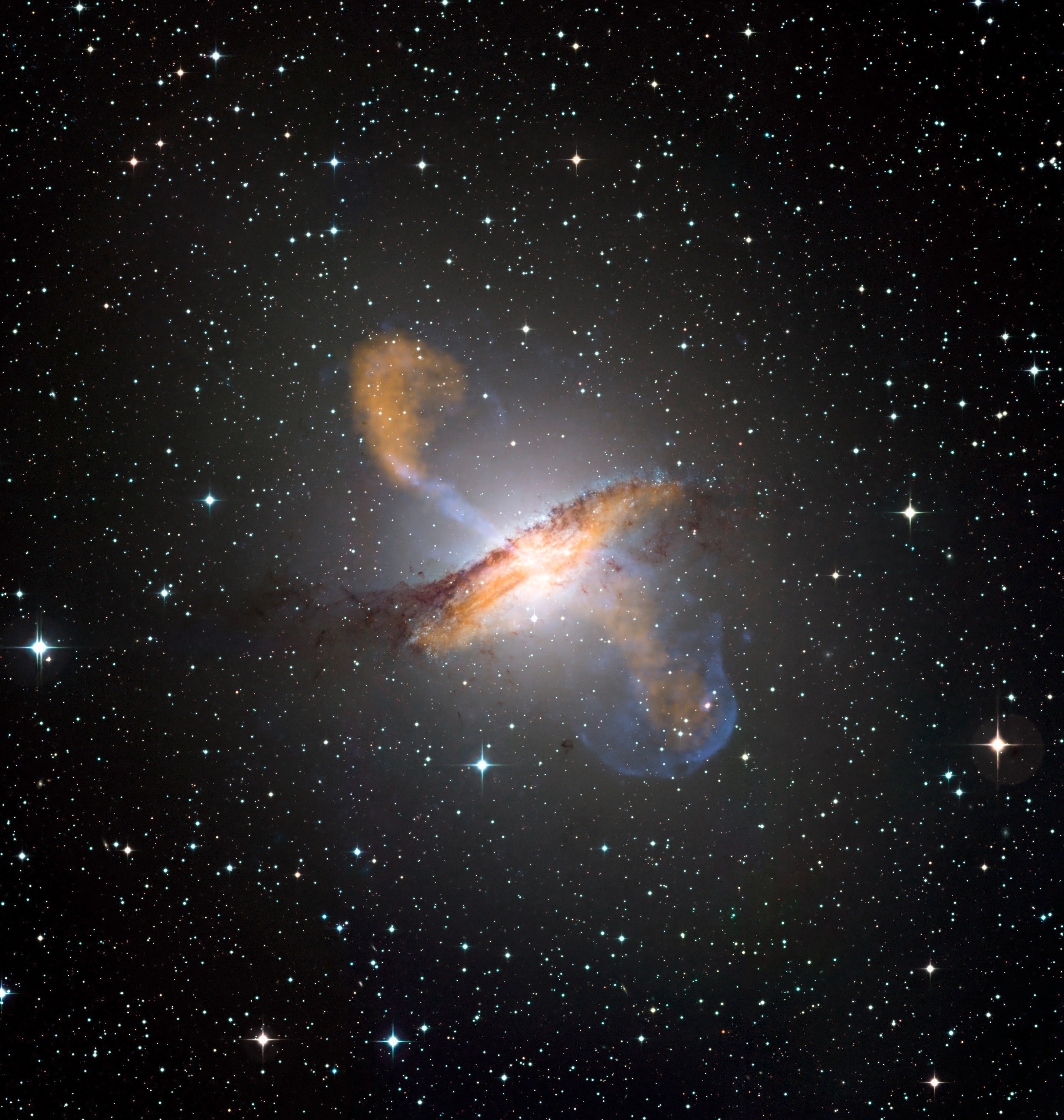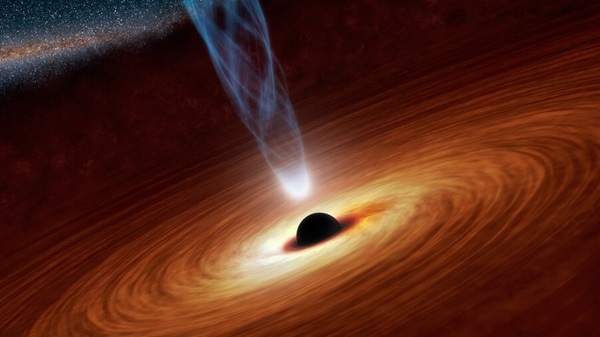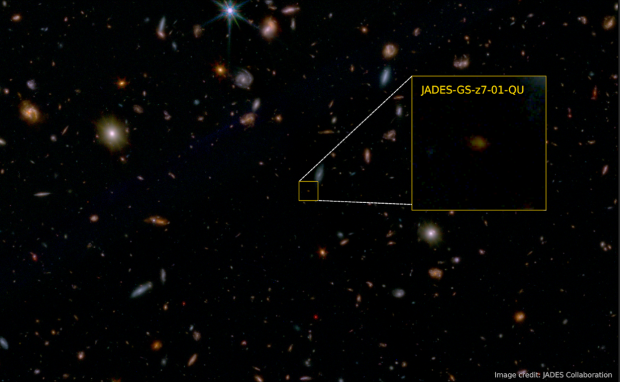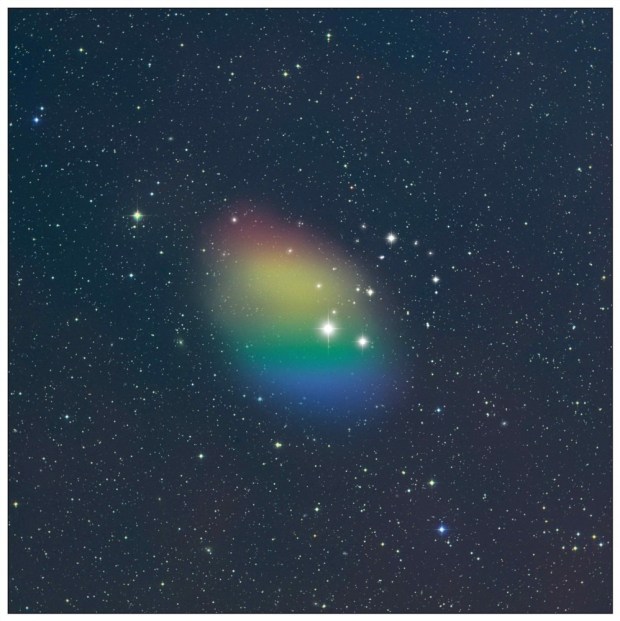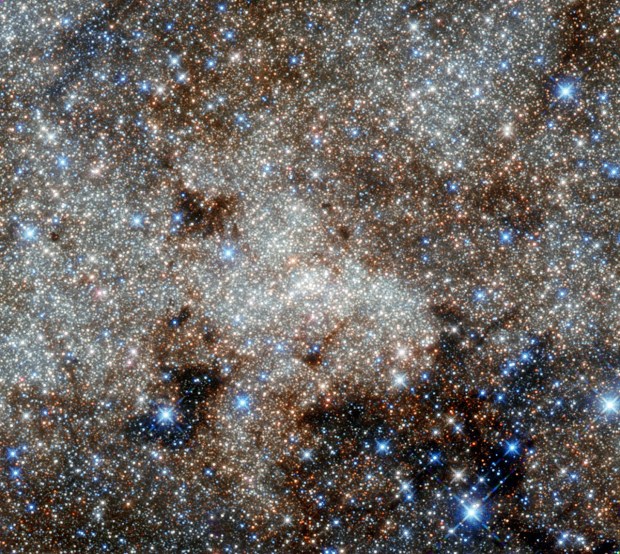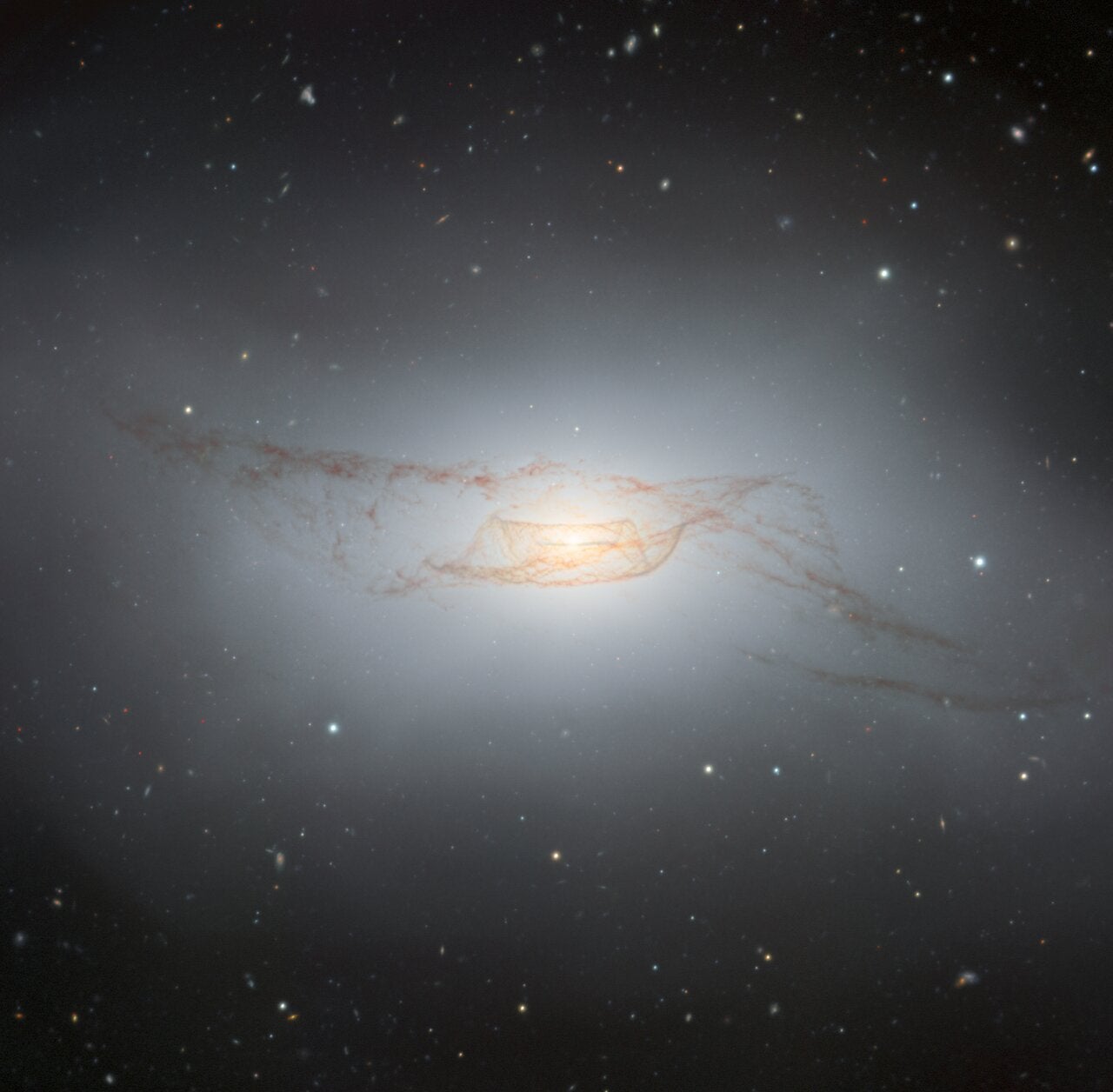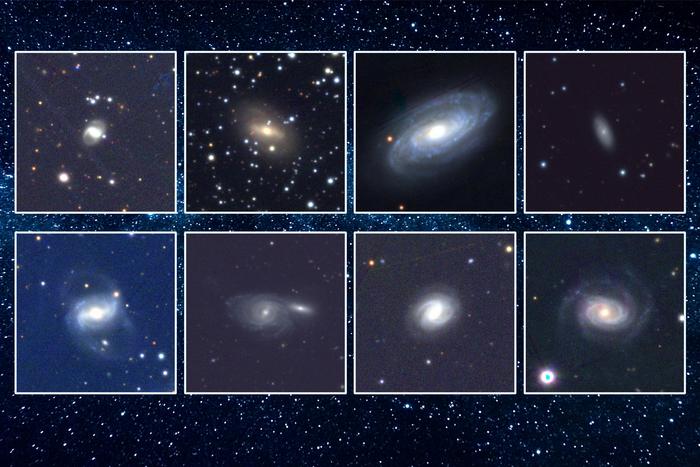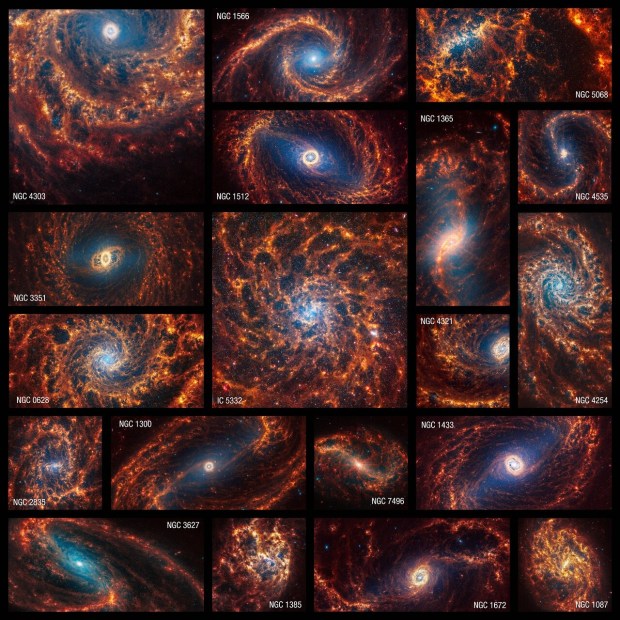The most fertile bursts of star birth in the early universe took place in distant galaxies containing lots of cosmic dust. These galaxies are of key importance to our understanding of galaxy formation and evolution over the history of the universe, but the dust obscures them and makes them difficult to identify with visible-light telescopes. To pick them out, astronomers must use telescopes that observe light at longer wavelengths, around one millimeter, such as ALMA.
“Astronomers have waited for data like this for over a decade,” said Jacqueline Hodge from the Max Planck Institute for Astronomy in Germany. “ALMA is so powerful that it has revolutionized the way we can observe these galaxies, even though the telescope was not fully completed at the time of the observations.” The best map so far of these distant dusty galaxies was made using the European Southern Observatory-operated Atacama Pathfinder Experiment (APEX) telescope. It surveyed a patch of the sky about the size of the Full Moon and detected 126 such galaxies. But, in the APEX images, each burst of star formation appeared as a relatively fuzzy blob, which may be so broad that it covered more than one galaxy in sharper images made at other wavelengths. Without knowing exactly which of the galaxies are forming the stars, astronomers were hampered in their study of star formation in the early universe.
Pinpointing the correct galaxies requires sharper observations, and sharper observations require a bigger telescope. While APEX has a single 12-meter-diameter dish-shaped antenna, telescopes such as ALMA use multiple APEX-like dishes spread over wide distances. The signals from all the antennas are combined, and the effect is like that of a single giant telescope as wide as the whole array of antennas.
The team used ALMA to observe the galaxies from the APEX map during ALMA’s first phase of scientific observations, with the telescope still under construction. Using less than a quarter of the final complement of 66 antennas spread over distances of up to 410 feet (125 meters), ALMA needed just two minutes per galaxy to pinpoint each one within a tiny region 200 times smaller than the broad APEX blobs and with three times the sensitivity. ALMA is more sensitive than other telescopes of its kind that, in just a few hours, it doubled the total number of such observations ever made.
Not only could the team unambiguously identify which galaxies had regions of active star formation, but in up to half the cases they also found that multiple star-forming galaxies had been blended into a single blob in the previous observations. ALMA’s sharp vision enabled them to distinguish the separate galaxies.
“We previously thought the brightest of these galaxies were forming stars a thousand times more vigorously than our own galaxy, the Milky Way, putting them at risk of blowing themselves apart,” said Alexander Karim from Durham University in the United Kingdom. “The ALMA images revealed multiple smaller galaxies forming stars at somewhat more reasonable rates.”
The results form the first statistically reliable catalog of dusty star-forming galaxies in the early universe and provide a vital foundation for further investigations of these galaxies’ properties at different wavelengths, without risk of misinterpretation due to the galaxies appearing blended together.
Despite ALMA’s sharp vision and unrivalled sensitivity, telescopes such as APEX still have a role to play. “APEX can cover a wide area of the sky faster than ALMA, and so it’s ideal for discovering these galaxies,” said Ian Smail from Durham University. ”Once we know where to look, we can use ALMA to locate them exactly.”

